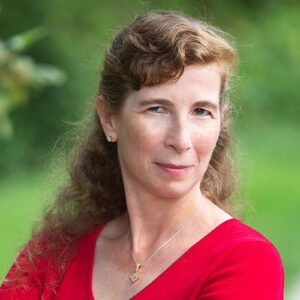Adams: In Making NYC School Districts Develop Diversity Plans, It Turns Out the City’s Idea of Diversity Isn’t So Diverse After All

A version of this essay originally appeared on the New York School Talk blog.
In New York City, improving outcomes for more than 1 million schoolchildren does not include addressing low-bar curriculum, teacher quality or the lack of gifted and talented seats for all who qualify, expanding schools proven to get results for the neediest populations, getting rid of lead paint in classrooms or listening to parent feedback.
In New York City, improving outcomes for more than 1 million schoolchildren comes down to a single word: diversity.
Diversity will fix everything that ails us.
Sitting minority, low-income, underachieving children next to white, middle-class, high-achieving peers will magically inspire test scores and literacy rates to rise. Too bad NYC doesn’t have enough students performing at grade level to make every school a majority-passing school. Even with a forced population transfer.
As Chalkbeat reported Nov. 14:
“Every New York City school district that doesn’t already have an integration plan in the works will be tasked with creating one, under a bill the City Council approved Thursday. … It’s unclear how each working group would fund their efforts, though the bill says the city can lend the groups administrative support. … Each group can also choose to partner with a community-based organization, as long as it comes from a list pre-approved by the mayor.”
In July, Chalkbeat outlined the efforts of five districts that are already developing their diversity plans, thanks to $200,000 grants from the city Education Department:
Brooklyn’s District 13 “doesn’t target any specific enrollment changes that might be pursued, but suggests local leaders want feedback from the community to build schools that residents want and that serve diverse students well.”
We hope they’ll do a better job listening than the Community Education Council members in Manhattan’s District 3 did recently, making the first public comments and then leaving the hearing.
Queens’s District 28 is “weighing possible admissions changes to help integrate its middle schools, which are largely segregated by income in the more affluent northern half of the district and the poorer southern end.”
So now we have “listening” and “weighing.”
Staten Island’s District 31 is planning to take “a hard look at attendance zone lines.”
“Listening,” “weighing” and “looking — hard!”
We covered efforts in Brooklyn’s District 16, where “some longtime community members would rather see the district focus on boosting school quality for those students already attending local schools rather than expending energy on explicit integration measures that face resistance from white parents or could ultimately displace children of color,” Chalkbeat wrote. The latter is a key fear in nearby District 15, as well.
But I think my favorite plan comes from District 9 in the South Bronx:
“We often hear the term ‘diversity’ but don’t honor all the nations, languages and cultures that exist within black, brown and Latinx communities,” the district’s grant application states. “We feel strongly that our school communities of color are not monoliths.”
I could not agree more. And have written so many times. But if the above is true, then shouldn’t it also apply to the monolith known as “Asians,” whom the mayor and schools chancellor routinely hold up as enemies of true diversity — dismissing their various “nations, languages and cultures” as a single, interchangeable block?
The Department of Education defines racially representative schools as “those that enroll between 50 percent and 90 percent black and Hispanic students.” A school that’s more than 90 percent black and Hispanic would also not be racially representative by this same measure. That doesn’t seem to be concerning District 9 much. Do they not want their share of white, middle-class, high achievers for their children to sit next to? Don’t tell me they think they can improve their schools without them!
So that’s what five New York City districts are currently doing with their grants — not counting District 1’s unzoned diversity initiative, which recently dealt with its own unexpected integration skeptics, District 3’s rezoning of its elementary schools and setting aside 25 percent of middle school seats in high-achieving schools for low-achieving kids, and District 15 unzoning all its middle schools, which has already been pronounced an unqualified triumph three months into its inaugural year.
Alina Adams is a New York Times best-selling romance and mystery writer, the author of Getting Into NYC Kindergarten and Getting Into NYC High School, a blogger at New York School Talk and mother of three. She believes you can’t have true school choice until all parents know all their school choices — and how to get them. Visit her website, www.NYCSchoolSecrets.com.
Get stories like these delivered straight to your inbox. Sign up for The 74 Newsletter

;)
